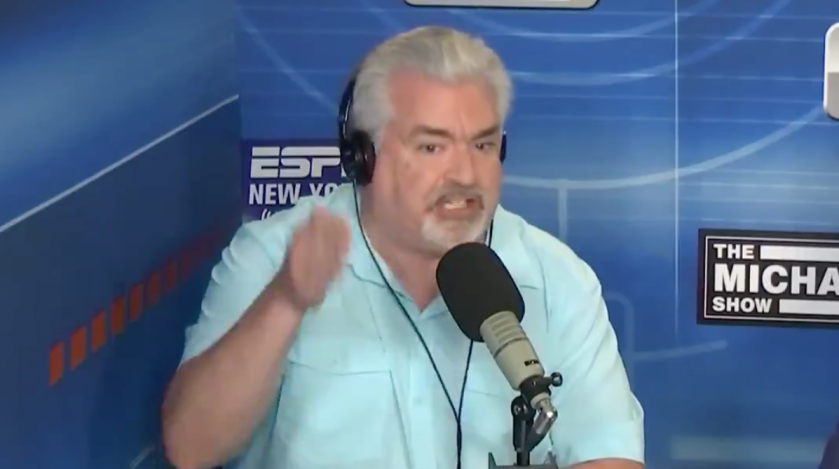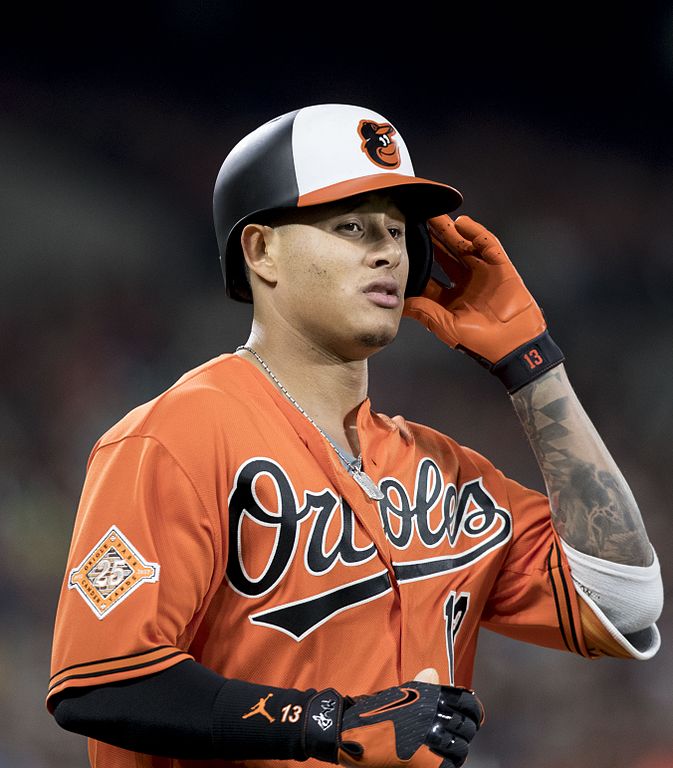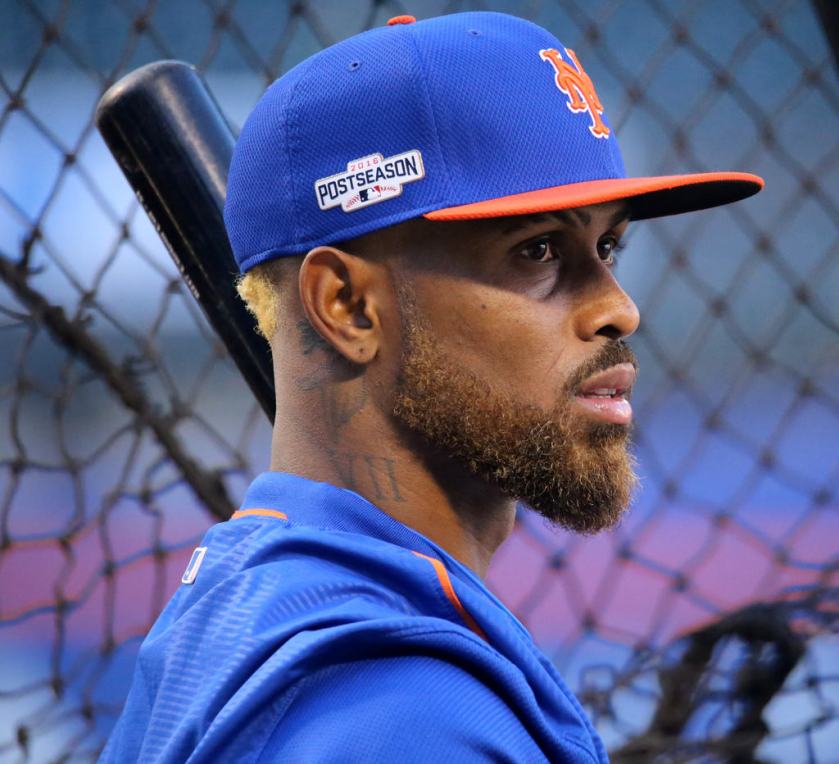


Sandy Alderson’s decision to step away from his role as New York Mets general manager has left the organization with a tri-headed replacement in the form of his assistants John Ricco, J.P. Ricciardi and Omar Minaya. With the organization in its familiar position of disarray tinged with predictable disappointment, the remainder of the 2018 season will be dedicated not just to assessing the product on the field, but in the front office as well.
Presumably, the Mets will have a more extensive search once the season is over.
There are a few things to remember here. First, the Wilpons are insular and do not like hiring outsiders. Alderson was an exception and they seemingly had not choice. He quickly became part of the Mets “family”.
Second, the organization is attentive if not outright vulnerable to fan anger, media entreaties and, most importantly, ticket sales.
Third, any executive who walks in thinking he or she will be the final say authority and operate without oversight from ownership will be hit in the gut with a figurative sledgehammer the first time an acceptable trade offer is made for a player the Wilpons don’t want to move and who they believe sells those tickets.
While the Wilpons are being criticized for the above issues as well as Jeff Wilpon’s statement interpreted as him asserting his power as having final say authority, it’s important to realize that he’s the owner and every operations head must answer to ownership. Bill Belichick, Theo Epstein, Billy Beane, Brian Cashman, Andrew Friedman, Jeff Luhnow, Gregg Popovich – all of them – must get approval before pulling the trigger. Some are accorded more leeway and freedom than others, but there’s no absolute power granted to what is, for all intents and purposes, a high-level employee who is still an employee.
This must all be factored in.
As for the three voices who will be running the Mets, there is an endless series of questions that need to be asked such as who do opposing teams call with a proposal? Who makes the assessments and how? Will there be a window for other executives to call GM 2 and GM 3 if GM 1 doesn’t give the answer they want? The foundation for paralysis is vast, but this is the Mets, so things might not be all that much different than they were before apart from Alderson not being there to willingly bear the brunt of that dysfunction.
John Ricco began his baseball career with the commissioner’s office and joined the Mets in 2004. His career trajectory somewhat mimics Alderson’s in that he was an outsider who came into baseball and to the Mets almost by accident. He has familiarity with the numbers and the intelligence to understand and deploy them without reverting to them as a crutch. There’s no ego where he’ll ensure that everyone is aware that he’s in charge and garner credit even for that which was lucky or was someone else’s idea.
In the negative sense, when teams make a change from one boss to another, the succession of number two to number one often fails. Perhaps Ricco is too similar to Alderson in temperament and personality to be the change the club needs.
If the Mets do not hire an outsider, Ricco is the heir apparent but will be more of a front man and calming voice to assess the situation and make a rational decision. He’s well-spoken and has the lawyerly skills to say something without saying anything and that, more than most other attributes, is how the GM job is done today.
J.P. Ricciardi was a minor-league player for the Mets and his relationship with Beane extended to working in the Oakland A’s front office before he was plucked from his role as a middling executive to become the GM of the Toronto Blue Jays. His time with the Blue Jays was tumultuous not for deals he made or didn’t make, but for his complete lack of a filter when speaking to the media, fans and even the players. He had public disagreements with Roy Halladay, A.J. Burnett, Adam Dunn and Shea Hillenbrand to name a few. To his credit, when he’s asked a question, he’s giving an answer and it’s certainly not in the GM double-speak that is designed to say absolutely nothing. For someone listed at 5’8”, he’s fearless. It’s easy to envision him getting into a traffic dispute with someone the size of Dwayne “The Rock” Johnson, shoving him and saying, “Hey man, you wanna go? Let’s go!!!” Of course, he’d get killed. And that’s the problem.
His “say whatever comes to mind” style and pugnacious nature as baseball boss didn’t work in Toronto and it’s not going to work in New York.
Omar Minaya does not seem to want to be a GM again. When he was rehired to be an assistant to Alderson in spring training – supposedly by Fred Wilpon himself – there was an over-the-top reaction as if the Mets were usurping and undermining the baseball operations staff with an unwanted interloper. That might have been true if Minaya was that type of person who is interested in himself and triangulating his position to gain power any way he can get it.
He’s not that guy.
Minaya is a very nice man with a keen scouting eye. He loves the Mets organization and has been loyal to the Wilpons for years. His time as GM from late 2004 through 2010 was notable for the rapid rebuild from laughingstock to a club on the verge of a World Series win two years later. Then, his short-term strategies of buying stars degenerated into desperation to patch together a deteriorating foundation. Some of the trades he made – for Carlos Delgado, Duaner Sanchez and John Maine – were outright heists. Like a European football (soccer) manager, he buys stars.
Ironically, Minaya’s best Mets teams were ahead of their time in having a lineup filled with guys who hit the ball out of the park; a strong defense; a mediocre starting rotation; and a deep and diverse bullpen. This is how most top-level clubs are built today. Because he falls into the category of old-school and doesn’t have reams of stats detailing why he’s making the moves he does and is not a relentless self-promoter, he does not get the credit for building a team that the stat guys would admire and laud had it been built by one of “them” because he’s decidedly not one of them. Therefore, it lacks the purity they seek in a sabermetrically-constructed club.
Regardless of where the Mets go after the season, there are major issues to addressed in the short term. While Alderson would most certainly have had the nerve to trade Jacob deGrom and/or Noah Syndergaard if it got to that point, the Wilpons okayed it and a deal too good to refuse was on the table, the current structure makes it implausible that such deals will take place. The same holds true for potentially valuable disappointments Steven Matz, Zack Wheeler, Amed Rosario and Dominic Smith. No giant housecleaning deals will be made in-season and they’re not gutting the club down to its exoskeleton after the season. Expect pending free agents Jeurys Familia, Asdrubal Cabrera and Jerry Blevins to be on the move. Apart from that, this season will be dedicated to looking at their young players, making judgments, deciding who stays and who goes and leaving it to the next GM whether that’s someone who’s with the organization now or not.






